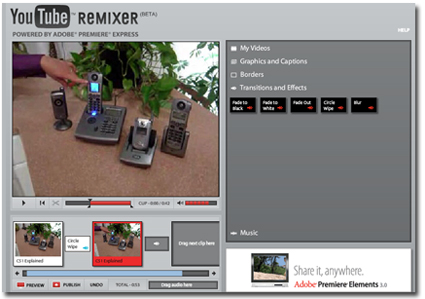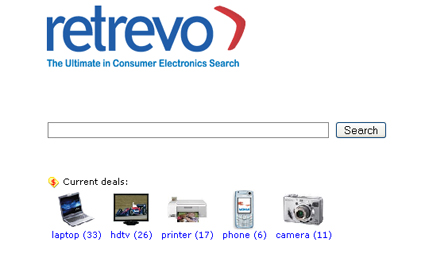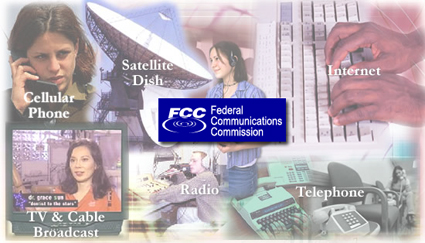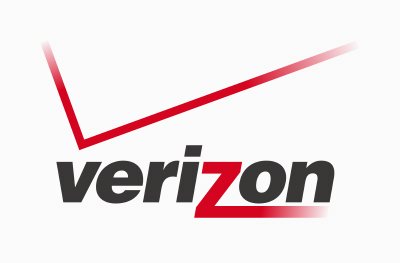
This isn’t quite within the realm of what I’d normally cover on ZNF, but it’s probably relevant to anybody who’s reading this site. Yesterday I had time to kill on a train from Trenton, NJ to New York’s Penn Station. Given that: blogging takes up so much time primarily because of the reading involved (jkOnTheRun agrees), Google recently launched Google Gears, and I have no mobile broadband connection, I decided it was the right time to try out the new offline Google Reader feature. Here’s how it went:
Step 1
Download Google Gears and restart browser.
Step 2
Click the new offline button on the Google Reader home page to transfer the latest 2,000 items in my RSS subscriptions from the Web to my desktop. (The file download was remarkably quick.)
Step 3
Unplug and hit the train with new offline reading material.



 I was all set to blast Verizon for manipulating my parents into buying their DSL service when my dad gave me the surprising update: Verizon had admitted to making a mistake and fully refunded my parents’ money. Yup, you read that right. Full refund.
I was all set to blast Verizon for manipulating my parents into buying their DSL service when my dad gave me the surprising update: Verizon had admitted to making a mistake and fully refunded my parents’ money. Yup, you read that right. Full refund.